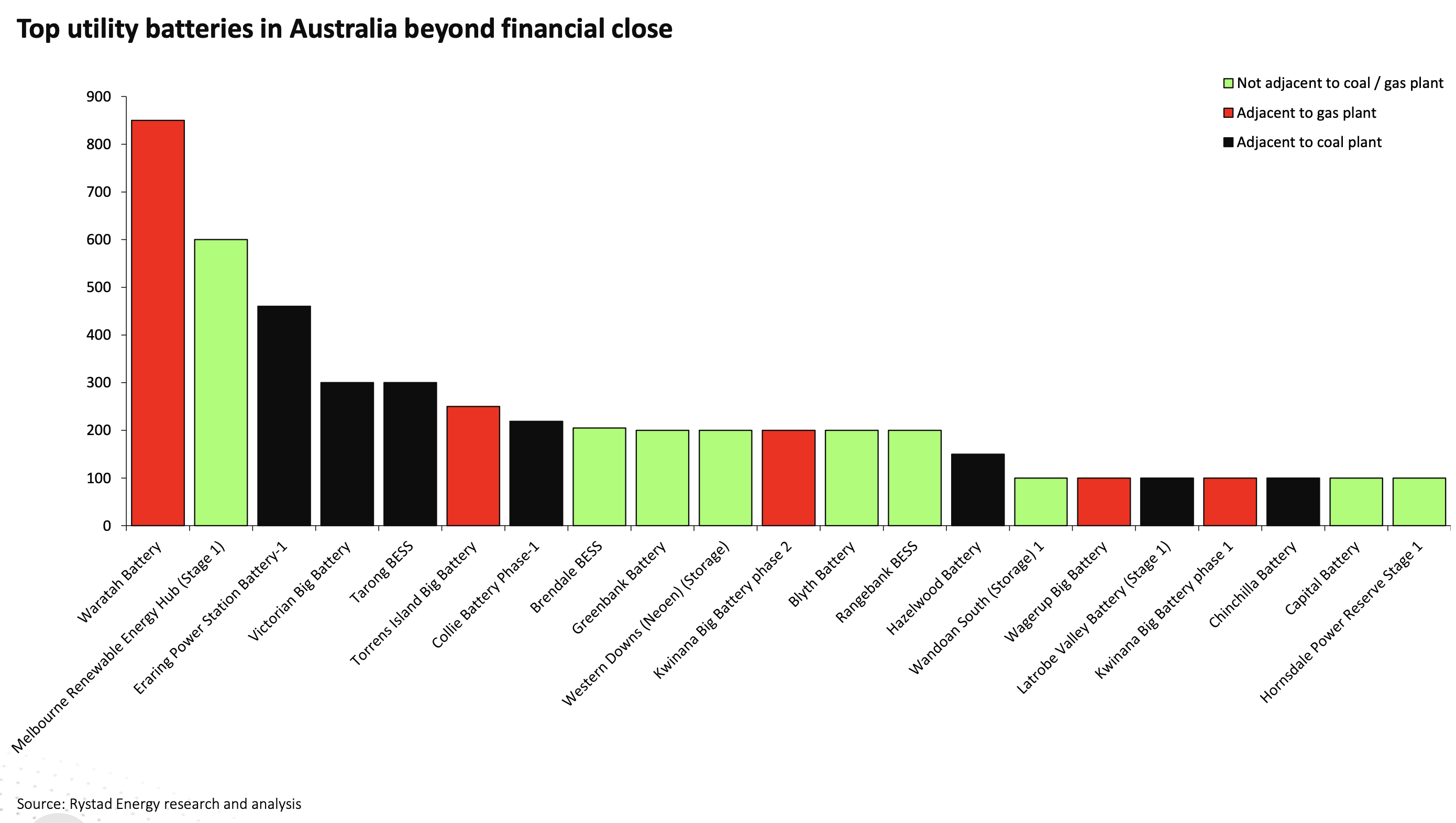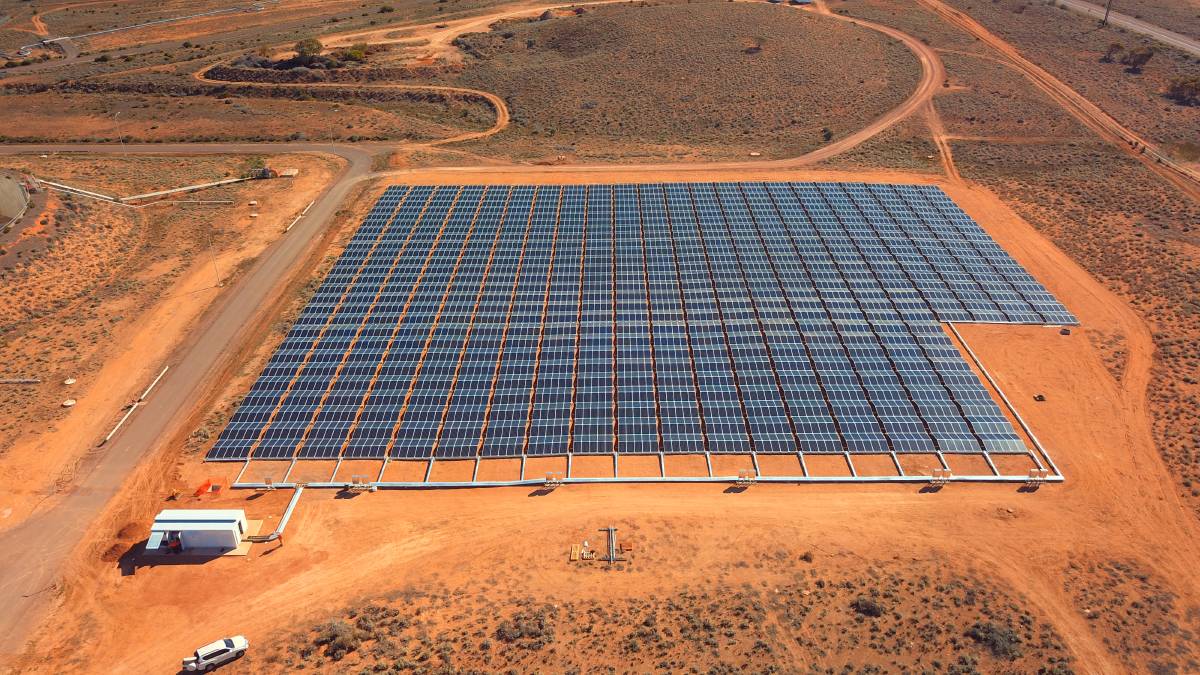The runaway success of rooftop PV has created challenging market dynamics for large-scale solar. With the ever-growing fleet of residential and commercial feeding solar into the grid at the same time, and depressing demand, the economics of large-scale solar has been negatively impacted.
Speaking to pv magazine Australia, energy economist Bruce Mountain said that the large-scale PV market segment was “struggling” because of rooftop PV’s success.
“Rooftop solar has pulled prices down during all of the time that large scale solar has a market to the level that without storage, large scale solar is going to battle for grid supply,” said Mountain, the head of Victoria University’s Energy Policy Centre.
However, there are a number of market developments improving the prospects for big PV, noted Rystad Energy’s David Dixon – chief among them the growth of utility-scale batteries.
“The key point is that we have around 3.5 GW of utility scale batteries under construction, but yet to be energized. That is a lot of flexible load that would put upward pressure on both demand and and energy prices in the middle of the day – because obviously they are only going to charge during the cheap periods, when the solar generates,” said Dixon.

Queensland Premier Steven Miles took part this week in a ground-breaking ceremony for the 250 MW / 500 MWh Swanbank Battery, being developed by the state-owned CleanCo.
The project is set to be completed in mid-2025. Tesla is supplying the battery packs for the system. It has received $330 million in funding from Queensland’s Renewable Energy and Hydrogen Jobs Fund.
“Renewables are driving down the spot wholesale price of power below zero, which is why we will continue to invest in them,” said Miles in a statement.
There are a large number of battery projects further along the construction progress around Australia. Rystad’s Dixon reports that as much as 5 GW of utility-scale storage capacity could be energised in the next 12-18 months, up for 1.5 GW online today.
“We are really going to see load coming in during the middle of the day.”
Battery price trends are also heading in the right direction. Dixon said that low lithium and nickel prices have brought down battery prices.
“Projects that might have cost $1000/kWh for utility scale battery projects are now $700/kWh and that probably represents a two-hour battery.” For four-hour batteries, that price could be as low as $600/kWh, Dixon said.
The federal government’s Capacity Investment Scheme will also bolster utility-scale solar prospects. The third round of the underwriting program is likely to support big wind and PV, although details of the auction have yet to be released.
This content is protected by copyright and may not be reused. If you want to cooperate with us and would like to reuse some of our content, please contact: editors@pv-magazine.com.




It seems to me that 1000$/kWh and 700$/kWh are about 5 to 10 times to high. Otherwise nowbody could buy a BEV with 60 kWh.
Hi Jakob, thanks for your observation. The difference is that the article is referring to fully-installed, battery packs/systems. Battery cells – that go directly into a car – are a different matter.
From the analyst – Dave Dixon – himself:
“On the commen from the reader, its important to distinguish between the cost of a battery cell – which I think the reader is referring to. With respect to the battery cell cost, your reader is 100% correct, but this is not what we are referring to.
The utility battery project – which consists of:
The battery pack -> Cells, modules, pack, battery management, transformers system etc
Inverter
Connection – transmission lines / substation
Logistics
Installation costs”